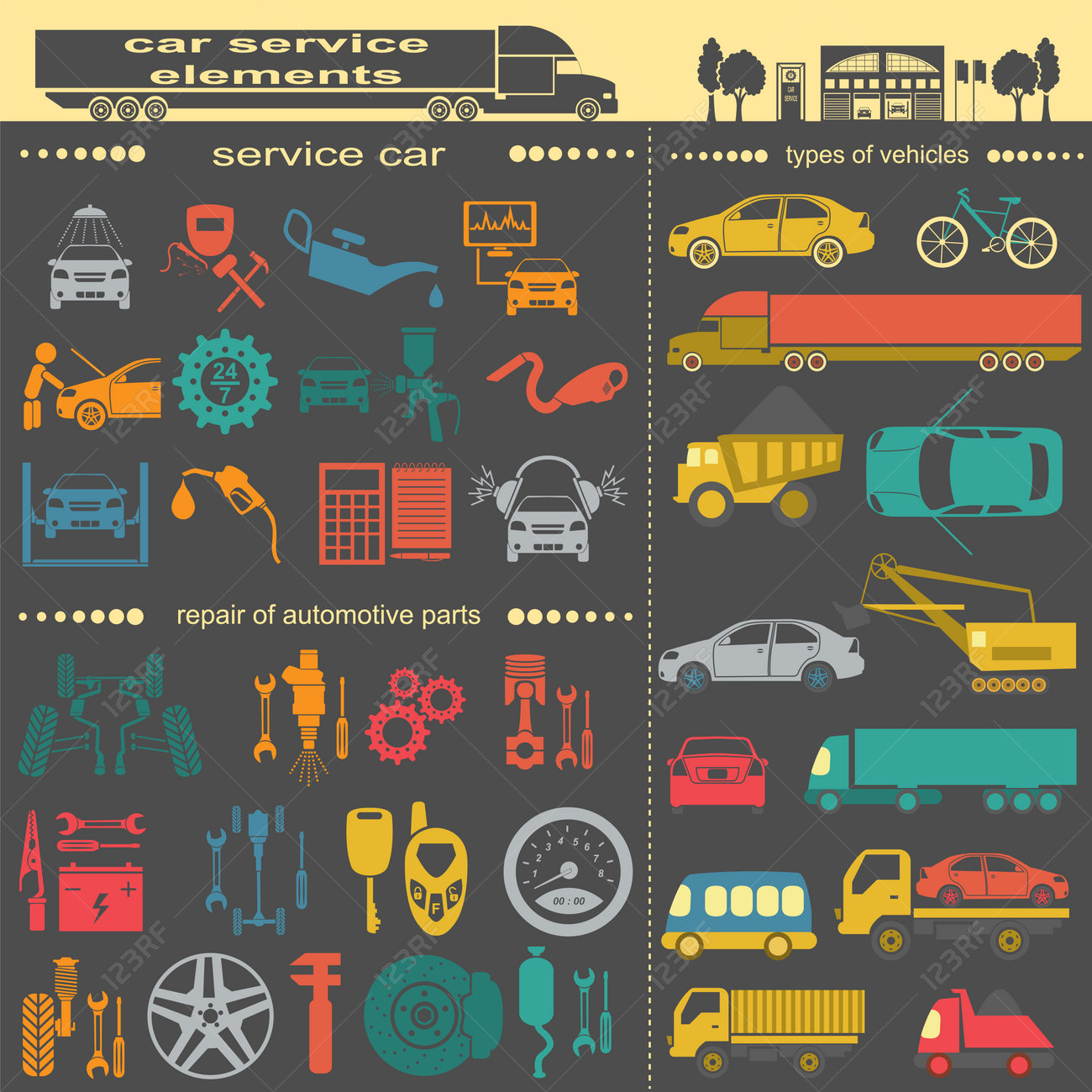Nevertheless, What Can Be Done Concerning Mushy Brake Pedals? Find The Solution Detailed Listed Below!
Nevertheless, What Can Be Done Concerning Mushy Brake Pedals? Find The Solution Detailed Listed Below!
Blog Article
Authored By-Spence Dean
When it comes to your vehicle's brake system, understanding common concerns can save you from prospective safety threats. From recognizing brake pad wear to resolving brake liquid leakages, understanding how to deal with these troubles is vital. However what concerning those mushy brake pedals? There's a solution for that also. Remain tuned to read more about these concerns and the practical options that can maintain you securely when traveling.
Brake Pad Use and Replacement
When it comes to keeping your car's brake system, one important facet to watch on is the wear and substitute of brake pads. Brake pads are necessary components that press versus the brake rotors to reduce or stop your automobile. Over time, these pads wear down as a result of friction, needing routine inspection and replacement to ensure your brakes work properly.
To determine if your brake pads require substitute, listen for shrilling or grinding noises when you apply the brakes. Additionally, if please click the following web site takes longer to quit or you see resonances or pulsations when braking, it might be time to replace the brake pads.
Overlooking worn brake pads can lead to lowered braking efficiency, damages to various other brake components, or perhaps brake failure.
Replacing brake pads is a relatively uncomplicated procedure for lots of automobiles. Nevertheless, if you're unclear or awkward performing this task, it's ideal to seek advice from an expert technician to make sure proper installment and optimal brake performance.
Frequently checking and replacing brake pads is vital for your safety and security and the longevity of your car's stopping system.
Brake Fluid Leaks and Upkeep
To guarantee your car's brake system functions optimally, it is necessary to likewise pay attention to brake fluid leakages and upkeep. Brake liquid is critical for transferring the force from your foot on the brake pedal to the actual braking system. One usual problem with brake liquid is leaks, which can happen as a result of deteriorated brake lines, seals, or connections. If you discover a pool or drips under your auto, it's important to attend to the leak promptly to avoid a possible brake failure.
Regularly inspecting https://angelojfzxr.blogofchange.com/31727519/an-extensive-variety-of-essential-tools-is-imperative-for-any-type-of-automobile-service-center-to-effectively-carry-out-their-solutions is essential to maintaining your brake system. Reduced brake fluid can cause air entering the brake lines, which jeopardizes braking efficiency.
Additionally, old or polluted brake liquid can affect the overall performance of your brakes. It's advised to comply with the manufacturer's guidelines on when to change the brake fluid, typically every 2 years.
Spongy Brake Pedal: Blood Loss Brakes
If you've ever experienced a squishy brake pedal while driving, you recognize the importance of keeping a company and responsive braking system. One usual cause of a spongy brake pedal is air caught in the brake lines. When air gets in the brake system, it can result in a loss of hydraulic pressure, causing that disturbing mushy feeling when you push the brake pedal.
To fix https://oil-and-filter-change95061.blogdal.com/31600050/the-leading-misconceptions-about-car-maintenance-exposed , bleeding the brakes is necessary. Bleeding the brakes includes removing the air from the brake lines to recover correct hydraulic pressure.
To bleed https://kameronoirpu.nizarblog.com/31341811/engage-in-the-world-of-automotive-repair-work-modern-technology-to-unveil-the-turbulent-improvements-that-are-transforming-the-area , you'll require a helper to assist you. Beginning by locating the brake bleeder valve on each wheel, commonly located near the brake caliper. With a wrench, loosen the valve and have your helper press the brake pedal while you observe any air bubbles coming out. Repeat this process for each and every wheel, starting from the wheel farthest from the master cyndrical tube and moving more detailed.
As soon as you no longer see air bubbles and only clear liquid arises, tighten the shutoff and top up the brake liquid reservoir as required. Bleeding the brakes assists ensure a company brake pedal and improves overall braking efficiency.
Conclusion
Since you recognize usual brake problems and just how to repair them, you can guarantee your vehicle's safety and efficiency. Keep in mind to pay attention for indication like screeching sounds or squishy brake pedals, and address them immediately. Normal upkeep and prompt replacements are vital to keeping your brakes in leading problem. Keep aggressive and conscientious to your brake system to appreciate risk-free and trustworthy driving experiences.
